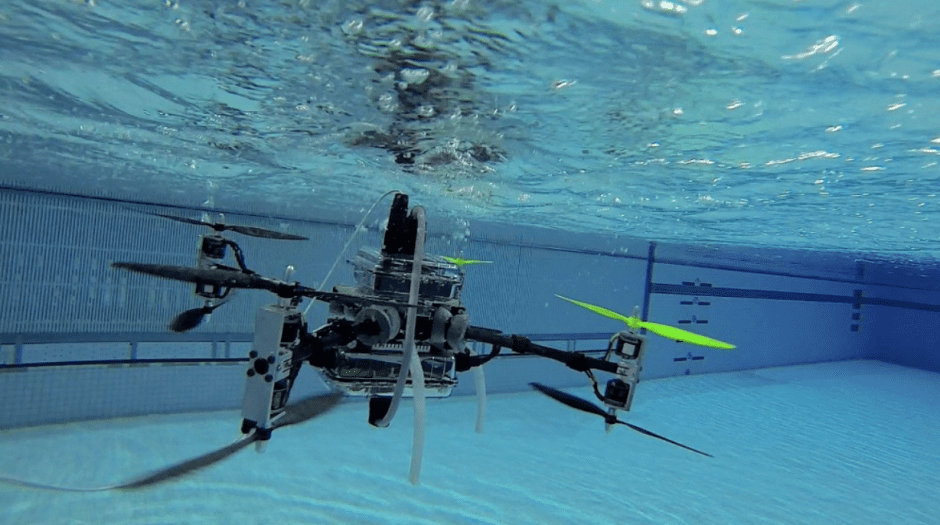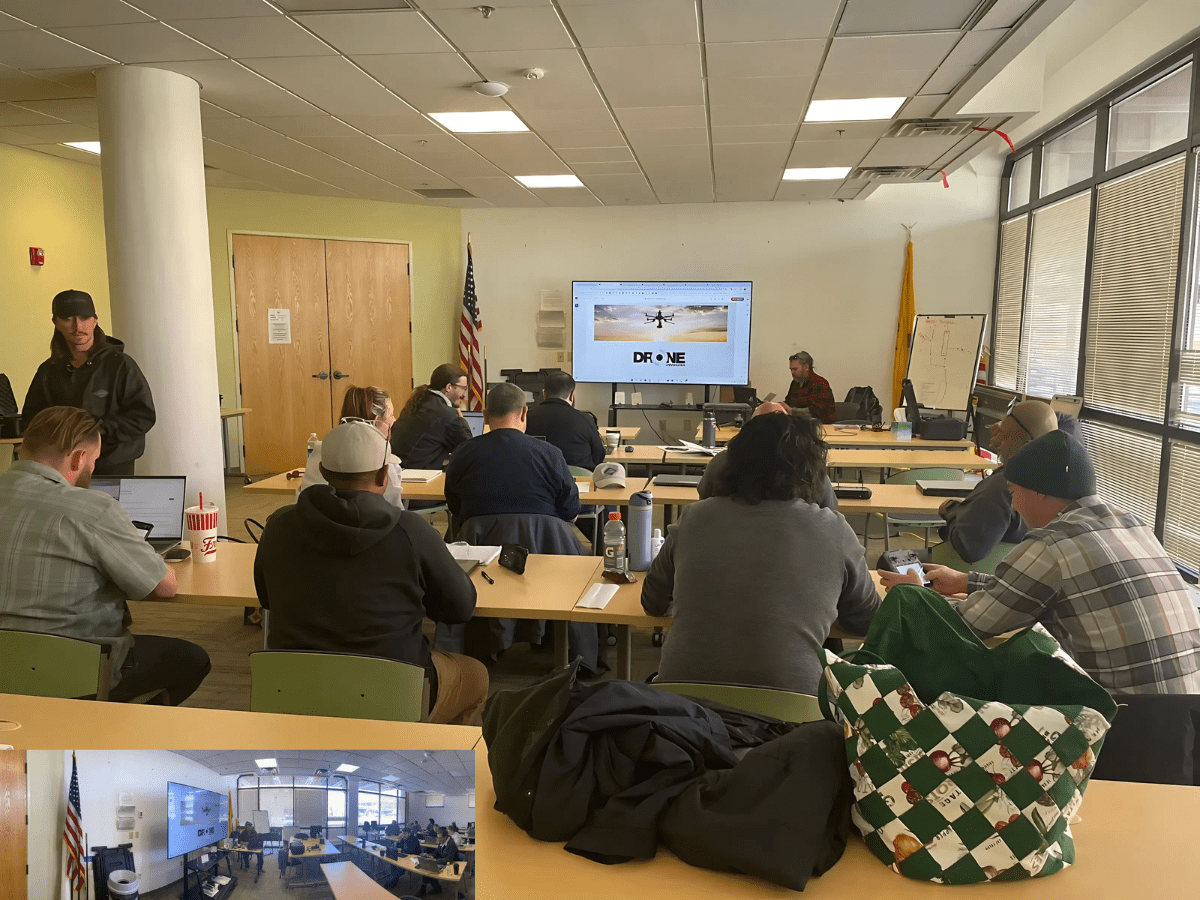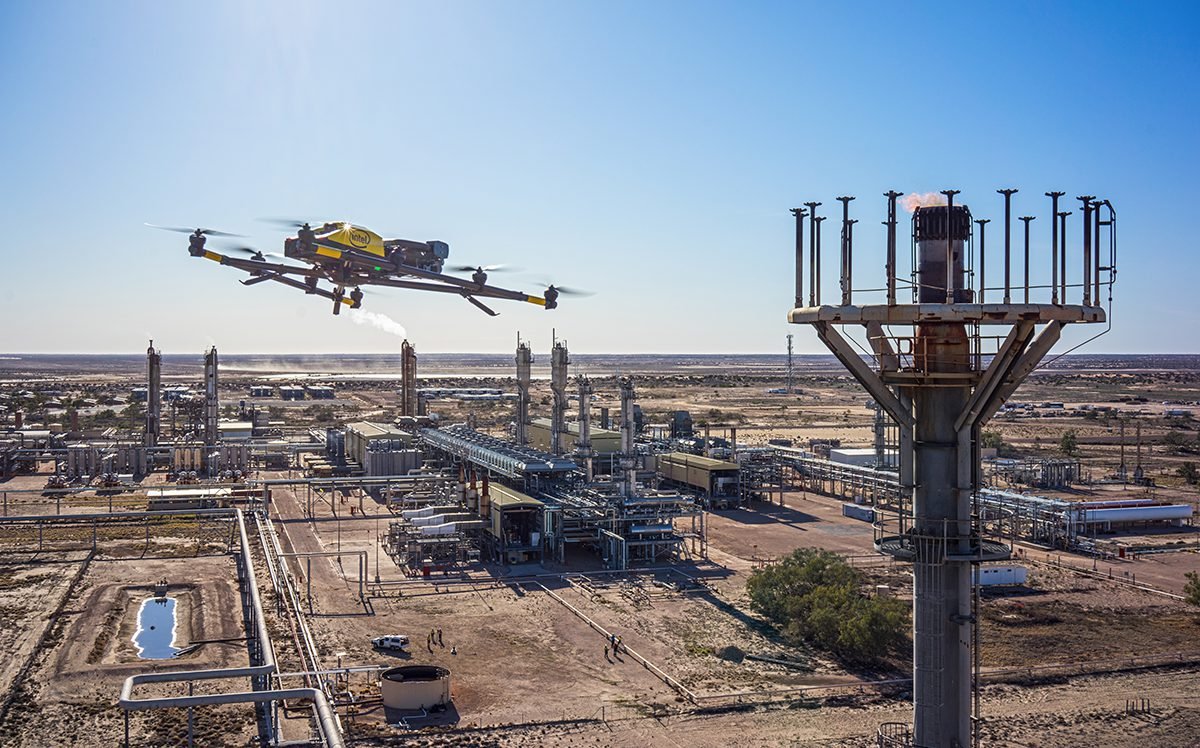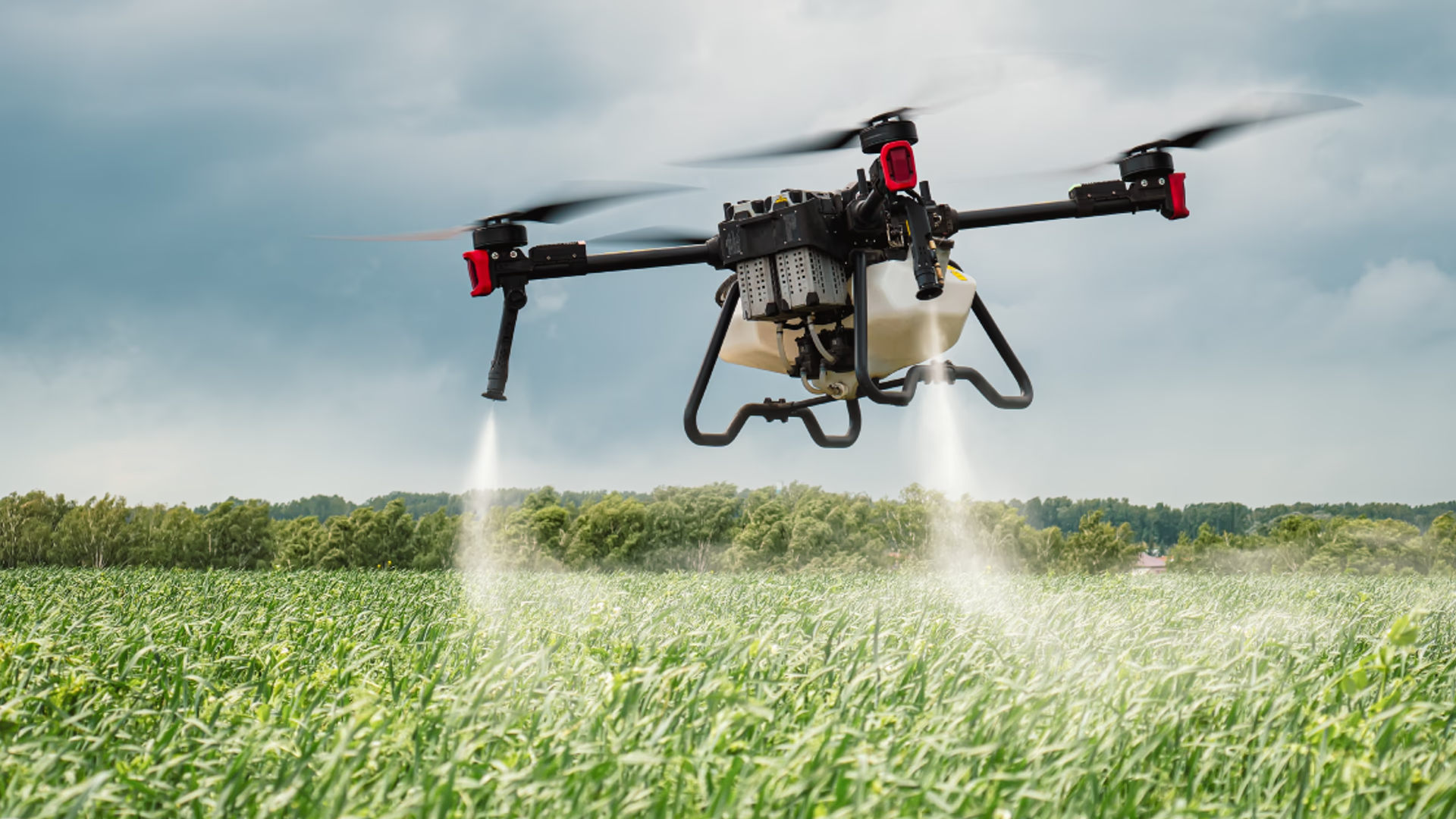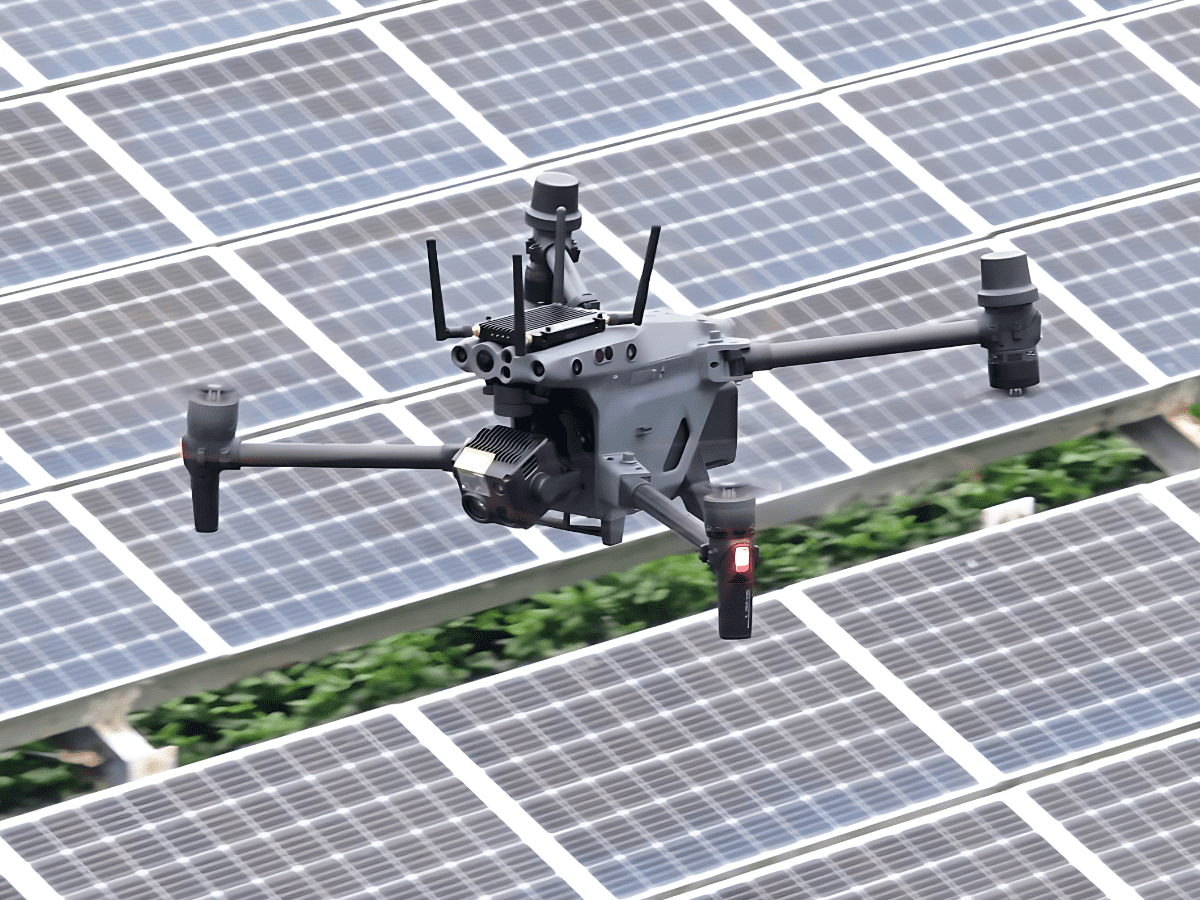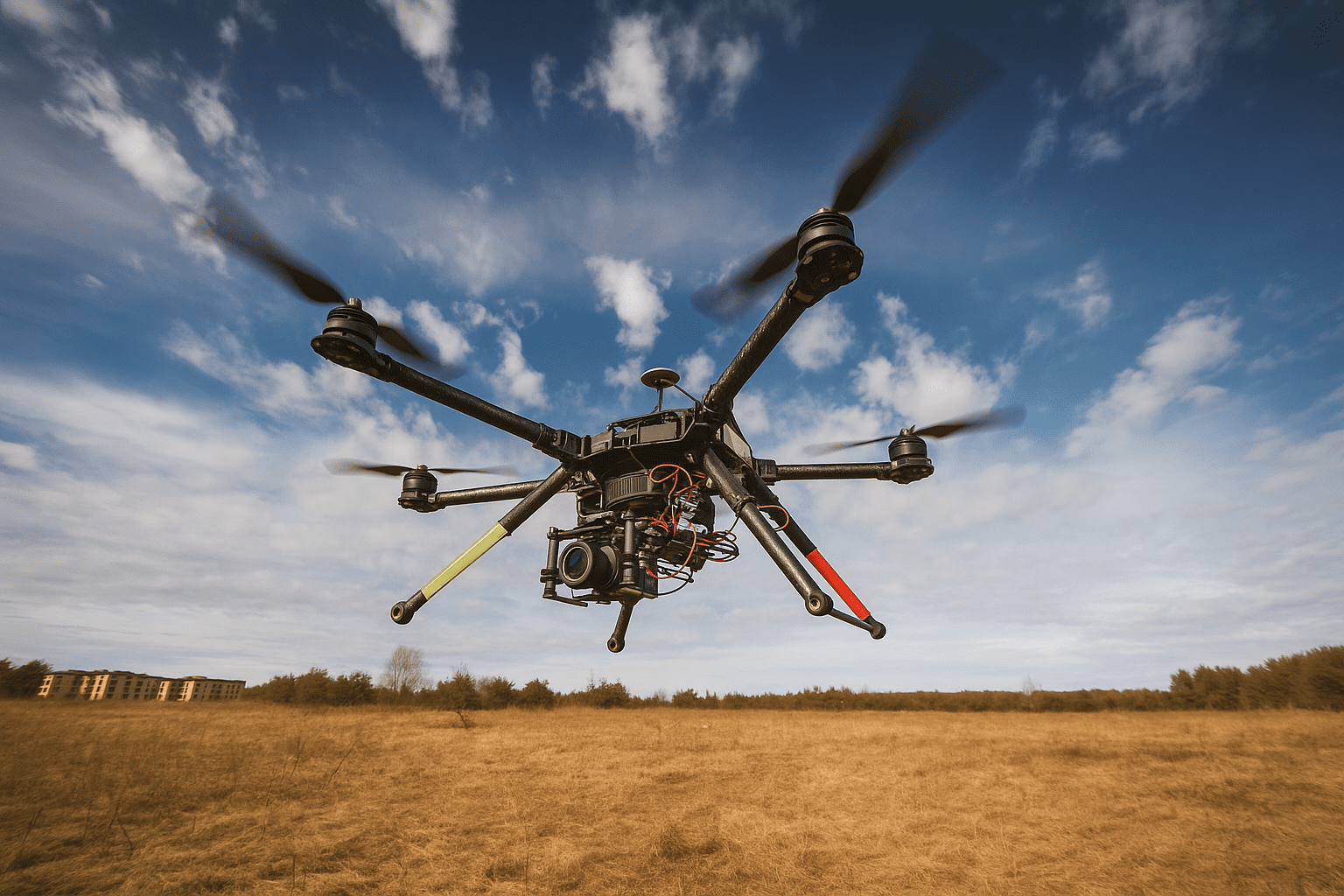The oil and gas industry depends on a vast network of pipelines to transport crude oil, natural gas, and refined products. These pipelines are critical infrastructure, and regular inspections are essential to ensure safety, prevent leaks, and maintain compliance.
Traditionally, inspections involved manual crews, heavy equipment, and often costly shutdowns. But with the integration of drones, companies can now perform thorough, real-time inspections—without halting operations.
The Challenges of Traditional Pipeline Inspections
Pipeline inspections have always been complex. Crews must cover hundreds, sometimes thousands, of kilometers of pipeline across challenging terrain. Traditional inspection methods require:
- Downtime: Stopping operations to safely inspect certain sections
- High Costs: Equipment rental, labor, and shutdown losses
- Safety Risks: Workers are exposed to hazardous environments
- Limited Coverage: Difficult terrain can slow inspections and reduce frequency
These challenges have created a need for faster, safer, and more cost-effective solutions—exactly where drones excel.
How Drones Transform Pipeline Inspections
Drones, or UAVs (unmanned aerial vehicles), are now a vital tool for oil and gas asset management. Here’s how they enable pipeline inspections without downtime:
1. High-Resolution Aerial Imaging
Drones equipped with 4K or higher-resolution cameras can capture detailed visuals of pipelines from the air, identifying rust, leaks, or structural anomalies without shutting down operations.
2. Thermal Imaging & Sensors
Advanced drones carry thermal cameras that detect temperature changes, pinpointing potential leaks or weak points before they become costly failures.
3. Rapid Coverage of Large Areas
Instead of days or weeks, drones can inspect vast stretches of pipeline in hours, even in remote or rugged areas.
4. Live Data Transmission
Real-time video streaming allows engineers to assess pipeline conditions instantly, making informed decisions without on-site presence.
5. Integration with GIS Mapping
Drones can sync with GIS data to create accurate maps for maintenance planning. Learn more in our guide to Drone Mapping: The Future of Land Surveying.
Safety Advantages of Drone Inspections
The oil and gas sector deals with high-pressure pipelines, volatile materials, and extreme environments. Drone inspections minimize human exposure to these hazards by allowing remote monitoring. This not only enhances worker safety but also reduces the likelihood of accidents.
For more safety-focused applications, see our article on Drone Safety Protocols for Commercial Operations.
Cost & Efficiency Benefits
- No Downtime: Inspections happen while operations continue, saving millions in lost production
- Lower Labor Costs: Smaller inspection teams and less heavy equipment needed
- Predictive Maintenance: Early detection prevents major repairs
- Reduced Travel Costs: Remote inspection capability limits field crew deployments
Real-World Applications in Oil & Gas
- Above-Ground Pipeline Inspections: Checking for corrosion, leaks, or vegetation interference
- Offshore Platform Monitoring: Reducing helicopter flights and diver risks
- Refinery Infrastructure Checks: Inspecting towers, tanks, and flare stacks without shutdowns
- Environmental Compliance: Ensuring pipeline corridors meet environmental regulations
Companies trained through specialized Drone Inspection Courses can deploy UAVs effectively in these scenarios, ensuring regulatory compliance and operational efficiency.
Choosing the Right Drone for Pipeline Inspections
When selecting drones for oil and gas operations, consider:
- Long Flight Times: Extended coverage per mission
- Durable Build: Weatherproofing for harsh conditions
- Payload Capacity: Support for thermal and LiDAR sensors
- Regulatory Compliance: Adherence to FAA Part 107 Licensing in the U.S. or local drone laws
Best Practices for Successful Drone Inspections
- Train Your Pilots – Enroll in FAA-compliant or equivalent certification programs
- Plan Your Routes – Pre-program flights for consistent data capture
- Integrate Data Systems – Use software to merge drone data with existing maintenance platforms
- Maintain Your Equipment – Follow Drone Maintenance Best Practices to avoid downtime
The Future of Drone Pipeline Inspections
With advancements in AI, drones will soon detect pipeline issues autonomously and generate instant maintenance reports. Predictive analytics will allow companies to anticipate problems before they occur, further reducing costs and improving safety. For a bigger picture on industry trends, see The Future of the Drone Industry in the USA.
Final Thoughts
Drones have revolutionized pipeline inspections in the oil and gas industry, enabling faster, safer, and more cost-effective monitoring without the need for operational downtime. Companies that embrace this technology gain a competitive edge, improve safety records, and reduce maintenance expenses.
Pro Tip: If your business operates pipelines, consider investing in a Drone GIS and Mapping Course to maximize the efficiency and accuracy of your inspections.


